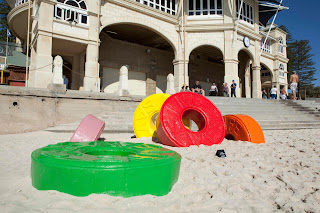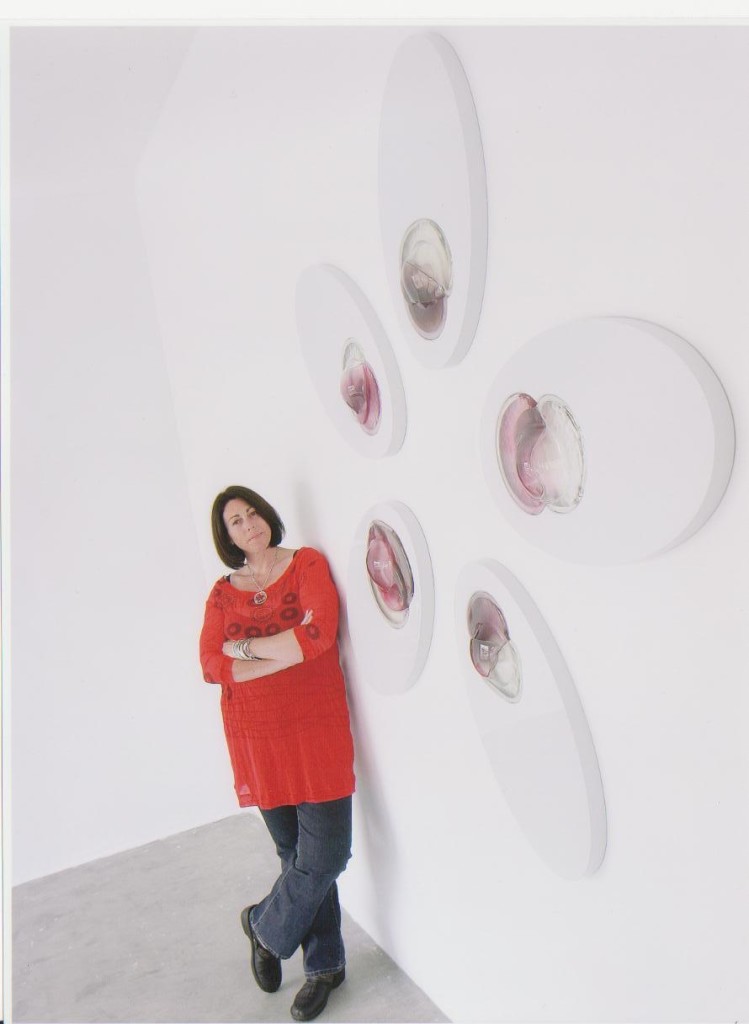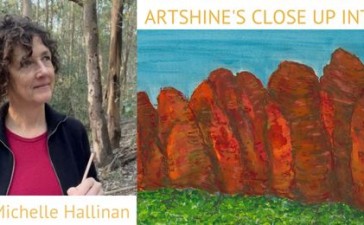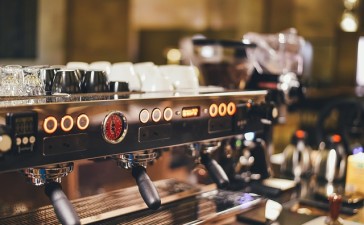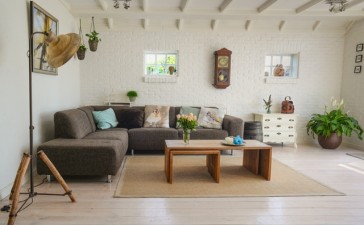Tell us a little about yourself and what you do.
My Grandmother was an amazing cook and textiles artist. Her passion for food was instilled in my mum, which was her sole creative pursuit. As kids our lunch boxes were full of osso bucco and duck a la orange while everyone else had polony and sauce sandwiches. I grew up with good food, surrounded by beautiful textiles and stunningly crafted wood pieces made by my grandfather. Yet living over the other side of the country we never learnt their crafts and as I grew older this manifested as a sense of loss. They had learnt their crafts from their parents. Generations of knowledge had ended with them. The theme of tradition lost often manifests in my work.
My sister and I love to cook. This we did inherit. The family is spread all over Australia and our love of food is what connects us, we share recipes and describe flavours over the phone. At the moment there are many conference calls as we all plan the Christmas menu. When we are together, like so many families, it is the kitchen that is the heart.
Lifesavers 2009 fibreglass at Sculpture by the Sea
I used to work as a cook and I tend to think of my visual arts practice as cooking, combining different materials to create different ideas, textures and flavours. I am currently living in Canberra and finishing a PhD with ECU in WA.
I have a 3D practice that encompasses a wide range of materials but the central focus is on glass.
Glass is a highly addictive substance and I got bitten as an undergraduate. I take a post-technical approach with a focus on materiality, what the material brings to the meaning of the art work and how the viewer then interacts with the work. Glass is rich in its possibilities and can be manipulated to create desire or invoke fear. It carries with it an amazing history from the decorative to the utilitarian and all this can be used to enliven a work.
Who (or what) inspires you to do what you love in your own creative business?
I’ve always been a maker. It’s a central part of who I am, part of my genetic map, I feel very centred when I’m making, be it in the studio or kitchen. I feel very privileged to be able to do what I love and that keeps me going. I find inspiration in people, family, tradition and experience.
Where do you get your inspiration from when you design/paint?
Auto-ethnography and the lived body are at the heart of my practice. The stories and lived experience of family, how we navigate through life.
Sand cast glass auto paint MDF LED lighting
What are the five words that people who know you would use to describe you?
I like to imagine myself as easy going. The truth is I’m not. I’ve been told I’m intense.
Tell us about your very first job and what path have you taken since then?
It was in retail at the UWA Guild Shop working for a curious 50 year old woman who was still breastfeeding her 6 year old son. This was quite confronting the first few times I had to pass through her office into the store room.
After that I started working as a cook in mining exploration and in mining camps, prawn trawlers, remote towns. Then went overseas where I either worked in retail, as a cook or in hospitality, I ran a chain of backpackers in Canada for quite a few years. When I arrived back in Australia I felt quite lost and a good friend said ‘Why don’t you go back to art school?’ So I did!
Sand cast glass auto paint MDF LED lighting
600mm x 40mm
Describe a typical day in your studio space?
I’m in the studio by 8am. Large amounts of time are spent elbow deep in plaster. Packing moulds, shaping the wood and constructing the frame work that supports the individual glass pieces. When I’m not in my studio I’m in the hot shop (glass studio) casting. I spend time in the vege patch to clear the head and a lot of time cooking which I see as fundamental to my practice. At the moment the majority of time is spent in front of the computer finishing the PhD.
As an Artist, what is your biggest frustration?
Lack of funding and I’d really like to see the visual arts reach a broader audience. I think funding could play an important role in aiding this. And of course more grants for artists would be wonderful.
Tell us about how you prioritise your work.
I tend to work towards exhibitions, so depending on what’s coming up depends upon what I’m working on. At the moment I’m finishing the PhD exegesis so most of my time is spent tapping away on the key board.
Can you please tell us about how do you connect with other artists, and your customers?
I’ve done so little lately I’ve forgotten how! Having a peer group is so important and moving around the country like I do (my partner is in defence and we get moved around a lot) can make it hard. Luckily I have artists that I keep in touch with all over the country. Group shows are a great way to meet new artists and make contacts.

I keep a data base of all my customers, their phone numbers, email, etc, and notify them when shows are on.
What advice can you offer other creative people who are just starting out and following their passions?
You have to approach it like a job. I enter my studio at 8 and leave at 5. There are days when I don’t leave until late but I’m a morning person and this structure works well for me. Be prepared to work hard and live hand to mouth – it’s a labour of passion. Document everything you do, looking back at old ideas can be a wonderful well of inspiration when things stagnate. And finally, find a temple outside of your making, for me it’s the vege patch where I can find my centre and escape when the stress hits, which it does.
What dreams do you still want to achieve or fulfil in your life?
My partner and I are working towards a semi-rural existence where we can be as self sufficient as possible. One day there will be a slow food kitchen were everything served was either grown or raised on the property or very close by and customers will be able to sit amongst the art and enjoy the food.
What is your proudest moment so far?
I can’t really pick one. There have been many moments that have made my heart swell.
Who do you most want to meet and why?
Can I pick two? Louise Bourgeois. She has had the most amazing career and her use of materials is fantastic. And Kikki Smith, again I love her use of materials but also her diversity in practice, it so easy to become boxed in by what you do and these women have both defied that.
What is the most important lesson in life that you have learned?
Don’t take yourself too seriously.
What book are you reading right now, and do you have a book you would like to recommend?
I recommend Middlesex by Jeffrey Eugenides, it’s a brilliantly researched and written, the characters are so richly constructed. It won the Nbel Prize for Literature in 2003. I’ve just finished Vibrator by Mari Akasaka, a Japanese writer which is also worth a look.


